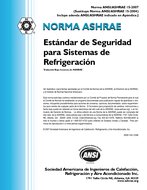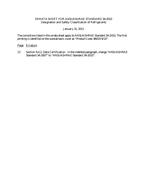Description
A high-performance, low-energy ventilation system must combine two opposite demands: an adequate airflow rate for satisfactory indoor air quality (IAQ) and a minimal airflow rate to reduce ventilation heat loss. This research highlights IAQ and energy use in residential buildings where humidity controlled ventilation is applied. How does moisture buffering affect performance, and how much energy can be saved by using this control strategy? The savings in heating energy associated with humiditycontrolled ventilation and the exposure to pollutants are benchmarked with the multizone airflow network model CONTAM. These simulations are carried out on a detached residential building with extraction ventilation and self-regulating air inlets.
This study determines the potential energy savings due to humidity controlled ventilation, while the IAQ is compared to the mandatory standards concerning CO2 and relative humidity.
Presented at Thermal Performance of Exterior Envelopes of Whole Buildings X – December 2007
Units: SI
Citation: Thermal Performance of Exterior Envelopes of Whole Buildings X
Product Details
- Published:
- 2008
- Number of Pages:
- 7
- File Size:
- 1 file , 2.4 MB
- Product Code(s):
- D-BldgsX195




